Water-based markers vs alcohol-based markers - Which is better?
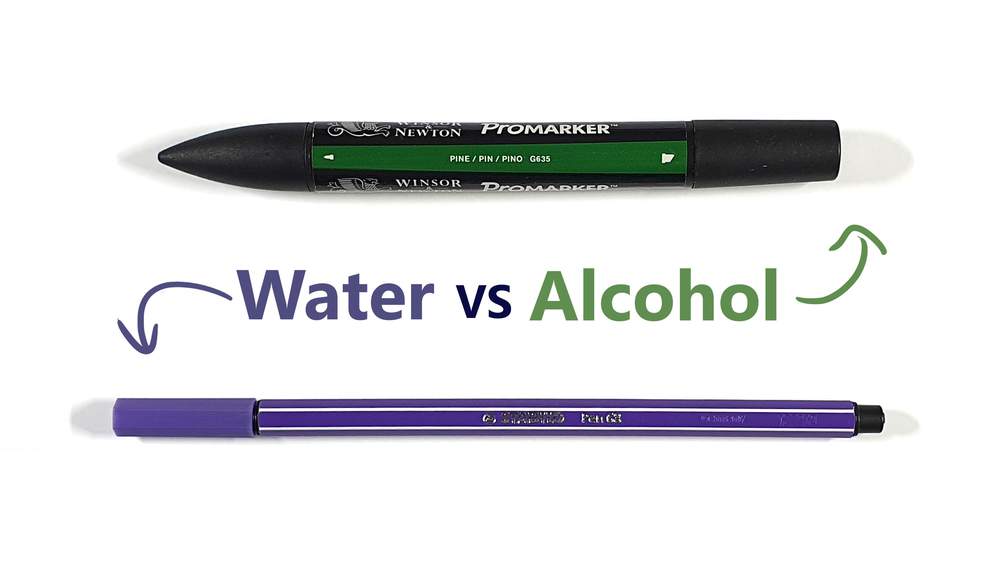
When you've searched for markers you've probably come across two variants: water-based markers and alcohol-based markers. But what are the differences between these two types? And which one should you use? Are water-based markers better or are alcohol-based markers better?
In this article, I'm going to answer these questions and I've listed all pros and cons for both types of markers so you can decide which one fits you best.
What are the differences between water-based and alcohol-based markers?
1. Damaging the paper
Water is the worst enemy of paper. When water comes into contact with paper the paper will lose its structure a bit. Because of this, you will damage the paper when drawing with water-based markers.
On the other hand, alcohol doesn't damage the paper at all. It just soaks right into the paper. You can however damage the paper if you use too much pressure when going over the same area multiple times.
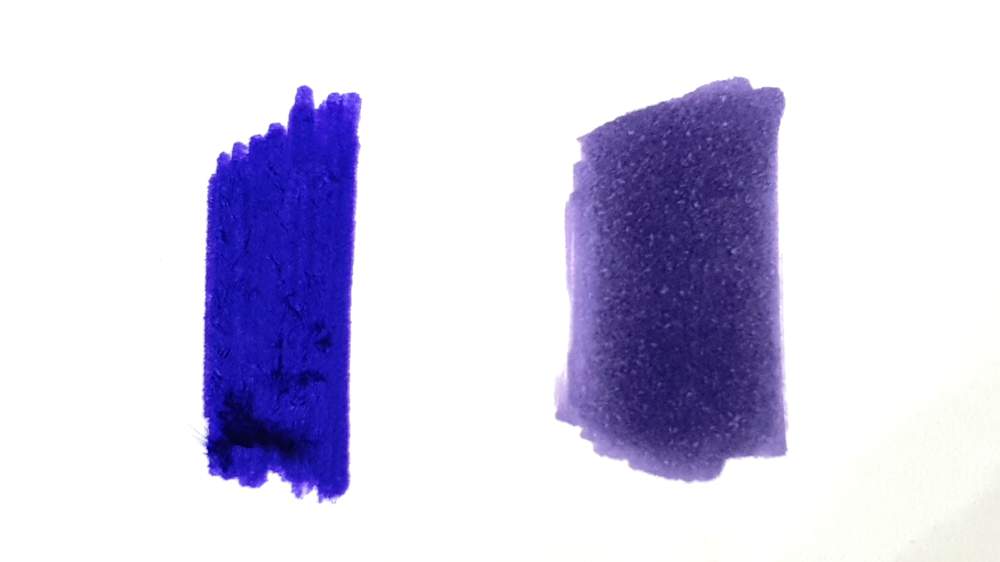
2. Color mixing
Alcohol ink is great for mixing colors. When layering different colors on top of each other the ink will mix well with the ink of the previous layers.
Water-based ink doesn't like mixing. And because the paper is already damaged from the first layer you will only damage it more and more the more layers you add. This makes the colors you try to mix look very muddy.

3. Using in combination with colored pencils
When drawing with markers, you are likely to use colored pencils to add more details or refine your drawing a bit. Colored pencils work well in combination with alcohol markers. The ink of alcohol markers just soaks right into the paper, making it easy to add layers of colored pencils on top.
When trying to do the same with water-based markers, you will notice it's a lot more difficult as the tooth of the paper is damaged. Because of this, the pigment of the colored pencils won't stick to the paper, leaving a very uneven layer of color.
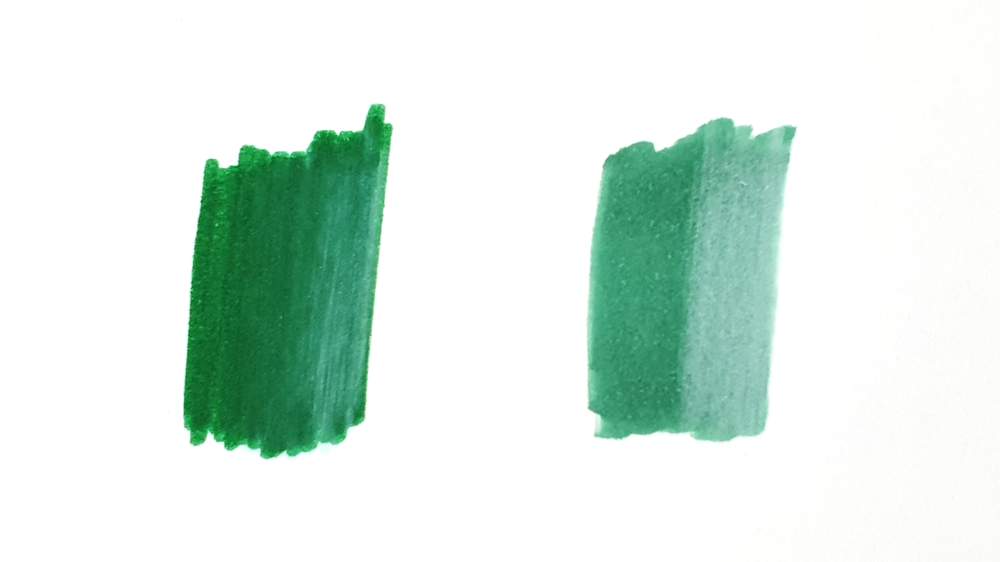
4. Streakiness
The ink of water-based markers doesn't flow like the ink of alcohol markers does. Because of this, you can't draw solid colors without it being streaky.
As long as the ink of alcohol markers is wet you can draw very solid colors without any streaks or darker spots very easily.
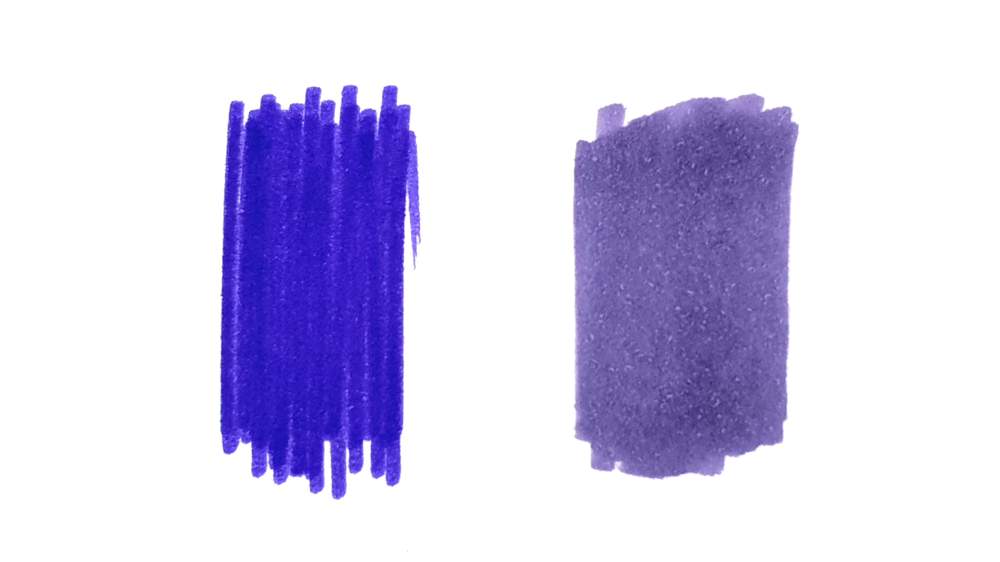
5. Blending
Alcohol ink is great for blending as it flows a bit through the paper and it can be reactivated by just going over it again. This makes it easy to draw color transitions.
Trying to blend with water-based markers definitely won't look smooth at all. Just like when you try to layer and mix colors blending will, too, damage the paper a lot.
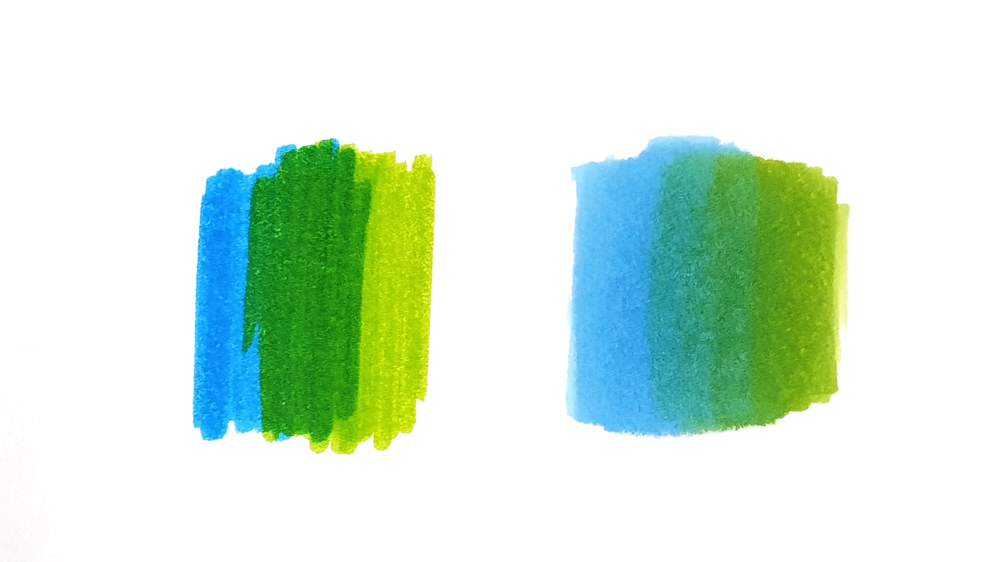
6. Bleeding
As mentioned in the previous point, the ink of alcohol markers flows a bit throw the paper. If you use an excessive amount of ink this will lead the bleeding. The ink will bleed in all directions, even through the paper.
The ink of water-based markers doesn't bleed at all. The ink will stay more onto the paper than it will soak into the paper.
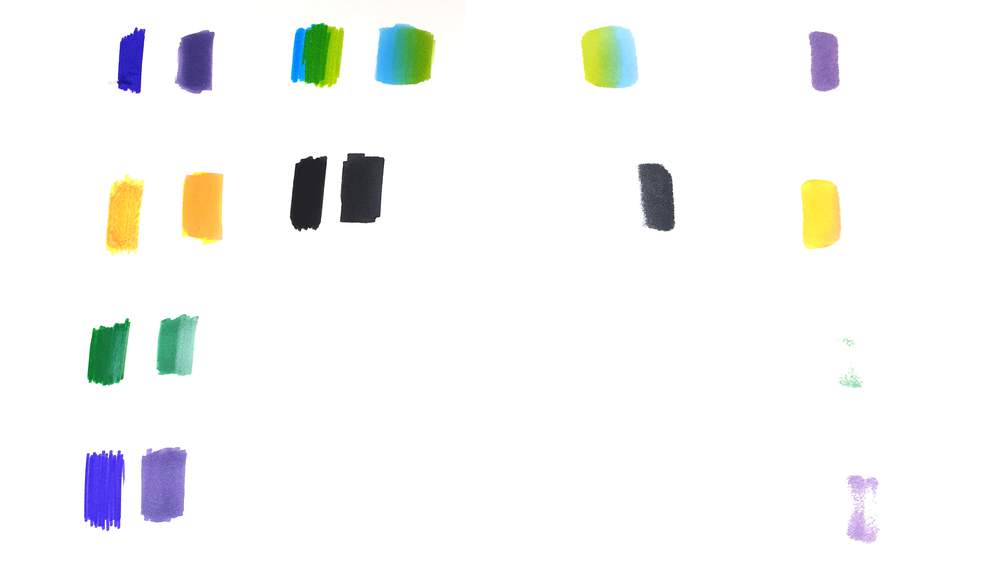
7. Highlighting
Alcohol markers are not the best for highlighting as the ink soaks into the paper. This will make the ink visible on the back side of the paper too. And if there's text on the back side of the paper that will be highlighted too. Most of the time when you need to highlight text the paper on which the text is printed is very thin. So thin that the ink of the alcohol marker will just bleed right through onto your desk.
Water-based markers are however very good for highlighting, even on thin printer paper with text on the back. As long as you just don't go over the same spot more than twice.
8. Darker tones
If you've ever used alcohol markers or researched alcohol markers you might have noticed that the colors aren't very dark. I have yet to find a black alcohol marker that's really black. And when looking at color charts for alcohol markers by far most of the colors are light tones and middle tones. There are barely any dark tones available. Graph'it markers are an exception to this. They do get really dark and the black is by far the darkest of all, but still not as dark as water-based markers.
You can color way darker colors with water-based markers. I don't know why, but my guess is that the ink of alcohol markers soaks more into the white of the paper making the colors look lighter. The ink of water-based markers looks darker because the ink doesn't flow around and stays more on top of the paper.
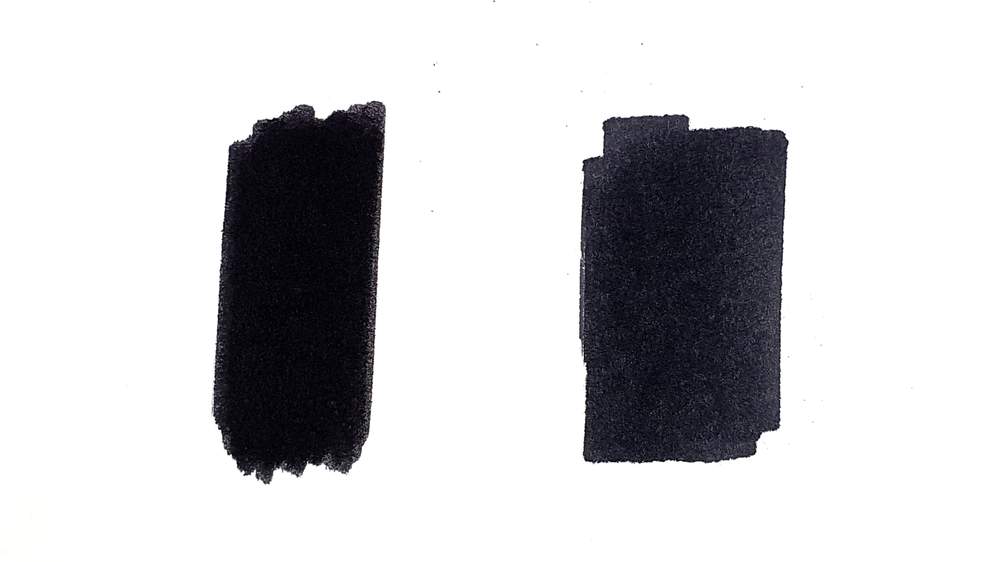
9. Ink consumption
Depending on the paper you use alcohol markers can use a lot of ink when drawing. Thicker paper is better for blending, but it also absorbs a lot more ink because the ink soaks into the paper.
Water-based markers use way less ink as the ink doesn't soak into the paper.
10. Price
And then the last big difference between water-based markers and alcohol-based markers is the price.
Water-based markers are very cheap, often cheaper than 1 USD per marker.
Alcohol-based markers are way more expensive. They cost often 5 USD or even more.
All pros and cons of water-based markers
Pros
- Don't bleed
- Good for highlighting
- Dark colors
- Less ink consumption
- Cheap
- Available almost everywhere
- Easy to use
- Markers sold separately and in sets
Cons
- Damage the paper
- Streaky
- Don't mix very well
- Not the best in combination with pencils
- Don't blend
- The quality of the nibs is not very good
- Trying to fix mistakes often makes it look worse
All pros and cons of alcohol markers
Pros
- Not streaky
- Easily mixable
- Really good in combination with colored pencils
- Easy blending
- Good ink flow
- Mistakes are more easily fixable (here are a few ways you can fix alcohol marker mistakes)
- Higher quality nibs
- Hold more ink
- Some brands are refillable
- Some brands sell replacement nibs
- Sold separately and in sets
Cons
- Expensive
- Bleed easily
- Less widely available
- Some have a slight odor
- Best with special marker paper
- Steep learning curve
Which is better? Water-based markers or alcohol-based markers?
Now that we've looked at all the differences and pros and cons of each type of marker we can determine which is the better one.
When making a drawing alcohol markers are superior to water-based markers as they are great for drawing color transitions and mixing colors.
Water-based markers are way better for highlighting text and doodling in a sketchbook, for example, as the ink doesn't bleed through the paper.
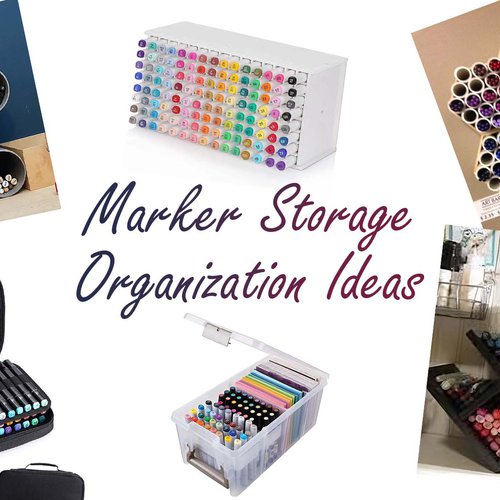

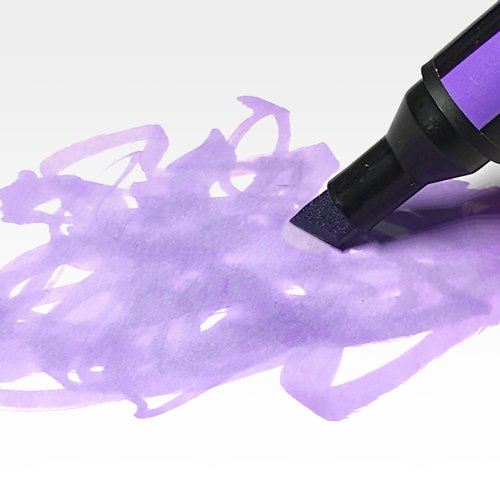


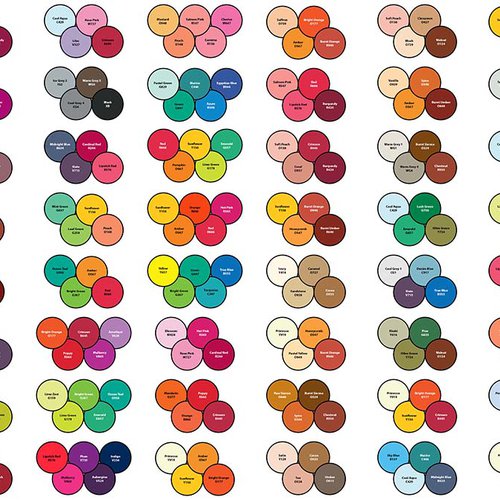

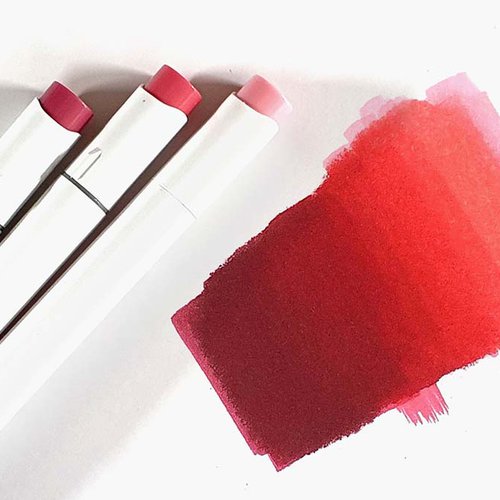
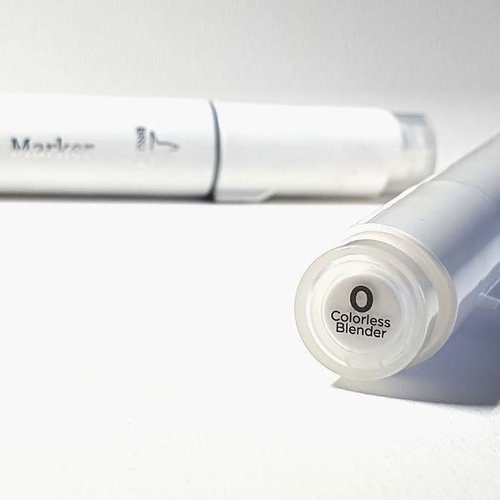
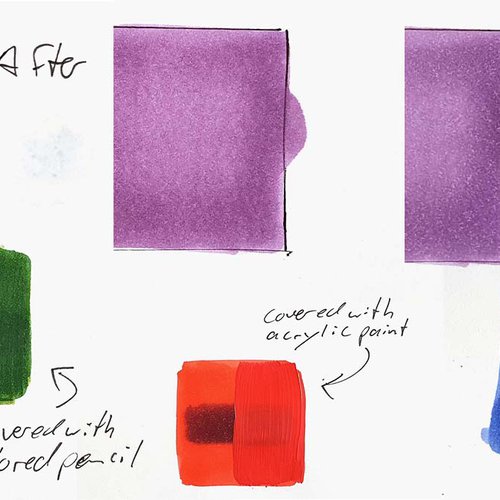
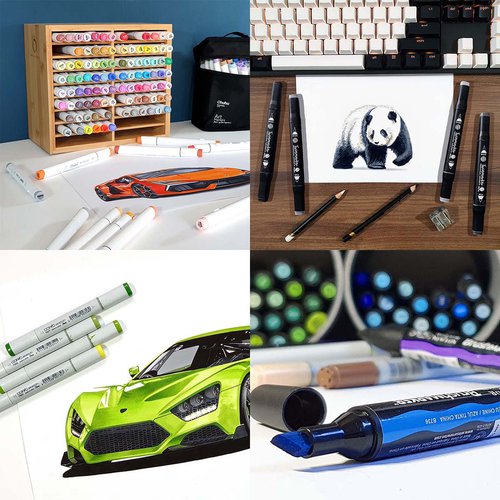
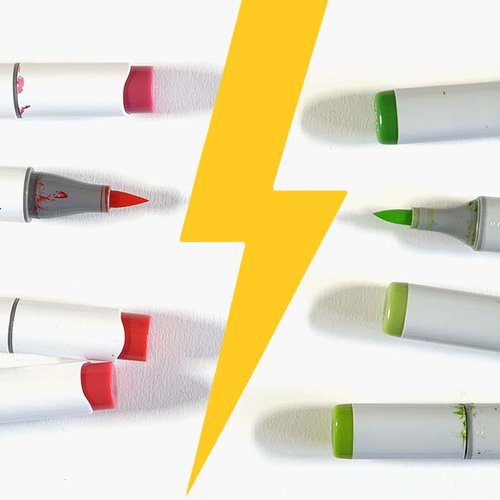




Be the first to comment!
Comments
There are no comments yet.